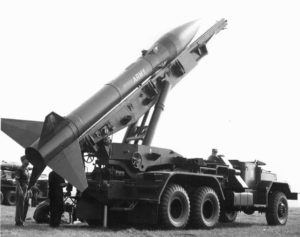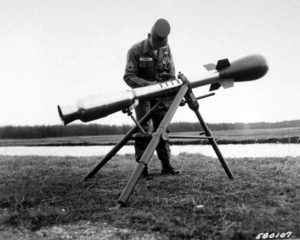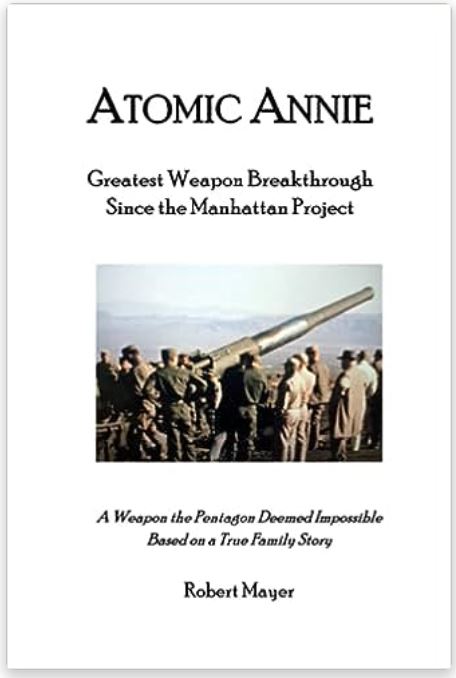Artillery encompasses weapons that can be used on the battlefield by opposing troops and fall into four categories:
- Long barrel guns (cannons)
- Howitzers
- Mortars
- Rockets
During the early development of missiles (guided rockets), these were initially short range weapons and were a 5th category of artillery, but with the technological advances and development of long range Intercontinental Ballistic Missiles, these are no longer considered artillery.
The development of guided rockets was fraught with difficulty and failure even among the scientists that ultimately succeeded at Redstone Arsenal.
An interesting tidbit from the Cold War years, scientists at Bell Labs in Homdel NJ were key scientists in the development of the first guided artillery shell. The PROXIMITY FUSE based on Doppler principle would detonate the artillery shell when the shell sensed it was close to its target. These were produced in late 1944 and increased the strike accuracy of the artillery from 10-15% to 85-90%.
An actual Proximity Fuse was passed by the Rosenbergs to the Soviets and ultimately led to their conviction for treason in 1951 and in 1953.
The major nuclear artillery developed after WWII includes the following:
Atomic Cannon – W9 warhead 1953
Honest John Rocket – W7 warhead – 1954

In April of 1954 the US Army requested research into smaller, low power but enhanced radiation yield weapons to provide closer nuclear support and also hit deep battlefield targets. By 1956 this idea was considered technically feasible and the efforts to produce a 9 inch atomic warhead was scrapped in preference of production of 8 inch (W33) and 6 inch (W48)shells.
Corporal Missile – W7 warhead – 1955
Mark 7 Gun – W23 warhead for Naval Ships – 1956

110 & 115 Howitzers – W33 warhead -1957
Davy Crockett Atomic Rifle – W54 – 1959




